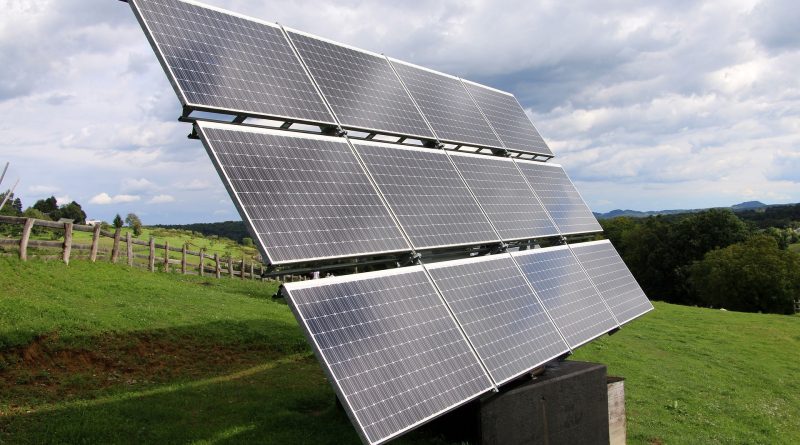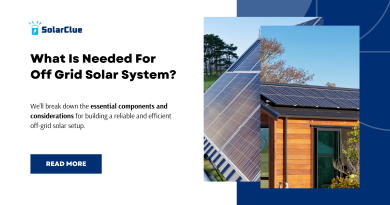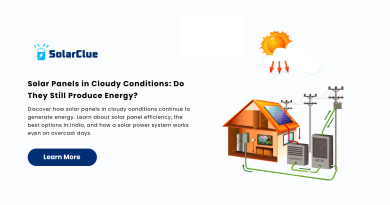Understanding Solar Power System Pricing Factors
Table of Contents
The Pricing Factors That Influence Solar Power Systems
Introduction:
Solar power systems have become increasingly popular in recent years due to their ability to generate clean and renewable energy. As the demand for solar power continues to rise, it is essential to understand the various factors that influence their pricing. By gaining insight into these factors, consumers can make informed decisions when investing in solar power systems. In this article, we will explore the different pricing factors that impact solar power systems and explore ways in which consumers can maximize their investment.
1. Sunlight Availability and Insolation Levels
One of the primary factors that influence the pricing of solar power systems is the availability of sunlight and the level of insolation in a specific location. Insolation refers to the amount of solar radiation received on a given surface area. Areas with higher insolation levels are likely to have more sunlight throughout the year, making them ideal for solar power systems. However, regions with lower insolation levels may require additional panels or more sophisticated systems to compensate for the reduced sunlight. This can significantly impact the upfront costs of installing solar power systems.
2. System Size and Power Output
The size and power output of a solar power system also play a crucial role in determining its pricing. Larger systems with higher power output capabilities typically require more solar panels, inverters, and other components, resulting in increased costs. Additionally, the complexity of installation and the amount of labor required can impact the overall price of the system. It is essential for consumers to assess their energy needs and consider their future requirements when determining the system size and power output to ensure they make an informed investment decision.
3. Quality of Components
The quality of components used in a solar power system can significantly affect its pricing. High-quality solar panels and inverters are generally more efficient, reliable, and durable. While these components may come at a higher initial cost, their superior performance and longer lifespan can result in significant long-term savings and energy production. It is crucial to choose reputable manufacturers and suppliers who offer warranties and guarantees on their products. Investing in quality components ensures optimal performance and reduces the likelihood of unexpected system failures or maintenance issues.
4. Government Incentives and Subsidies
Government incentives and subsidies play a considerable role in making solar power systems more affordable for consumers. Many governments offer tax credits, grants, or rebates to encourage the adoption of renewable energy sources. These incentives can significantly offset the upfront costs of installing solar power systems, making them a more attractive investment option. It is essential for consumers to research and understand the various incentives available in their region to maximize their savings and reduce the payback period of their solar power system.
5. Installation Costs and Complexity
The installation costs and complexity involved in setting up a solar power system can vary based on factors such as roof type, electrical wiring, and location. For instance, if a roof requires additional reinforcement or has limited space for installation, the costs may increase. Similarly, if the electrical infrastructure needs upgrades to accommodate the solar system, additional expenses may be incurred. Consumers should consult with reputable solar installers who can provide accurate assessments and quotes based on their specific requirements.
Conclusion
Investing in a solar power system offers numerous benefits, including reduced electricity bills and a decreased carbon footprint. By understanding the pricing factors that influence solar power systems, consumers can make informed decisions and maximize their investments. Factors such as sunlight availability, system size, component quality, government incentives, and installation costs all contribute to the overall pricing of solar power systems. By carefully considering these factors, consumers can find the most cost-effective solution that suits their energy needs and environmental goals.



